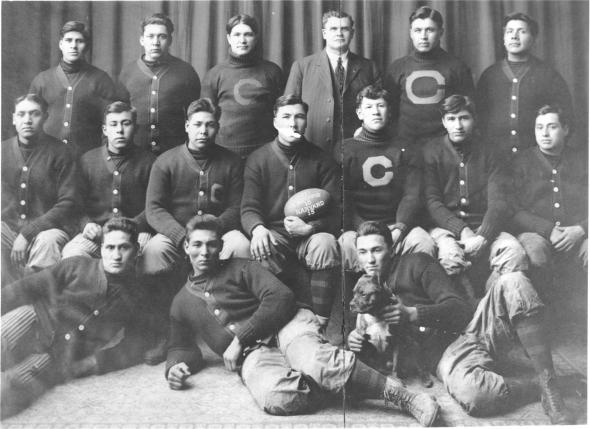Through "enrollment management" ... colleges and universities sort students to achieve an optimal balance of higher-paying students and lower-paying ones. Ideally, this process would free up aid funds for lower-income families after higher-paying students were enrolled. In fact, the opposite has happened. The expansion of merit aid has led colleges and universities to give preference in admission to students from middle-class and upper-class families whose grades and test scores reflect their class advantages and has directed scholarship funds toward attracting them. Instead of increasing resources for low-income students, merit aid curtails them. (Zaloom 101).
She goes on to mention a study at one flagship state university that showed that "so much ... money was going to students from well-off families that the lowest-income students actually paid more on average than other students higher up the economic ladder" (Zaloom 101). That study, titled "Undermining Pell: How Colleges Compete for Wealthy Students and Leave the Low-Income Behind" (PDF available through ERIC), was conducted by Stephen Burd of the New America Foundation. Burd has a new study titled "Crisis Point: How Enrollment Management and the Merit-Aid Arms Race Are Derailing Public Higher Education" (PDF via The Chronicle) which seems to offer an even more complete survey and analysis of this disturbing trend for anyone interested in exploring this issue as part of their final papers.
Additional commentary here:

